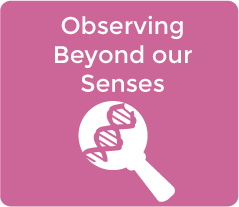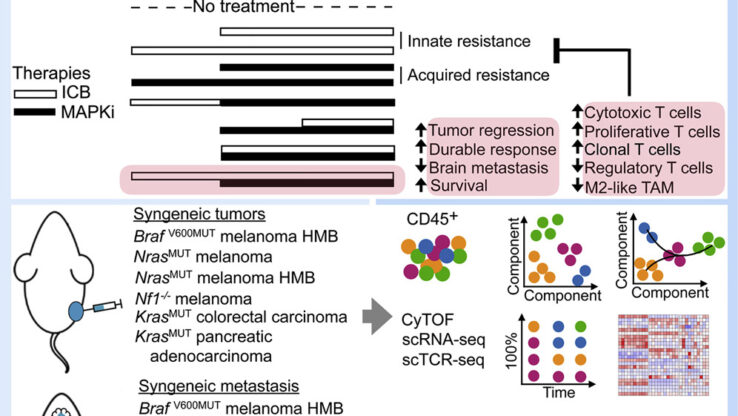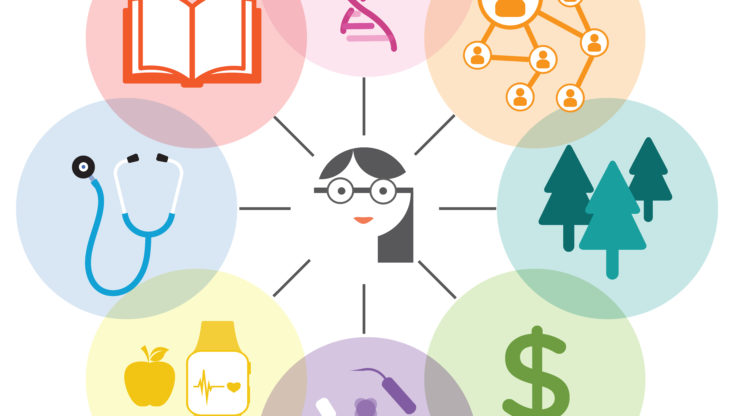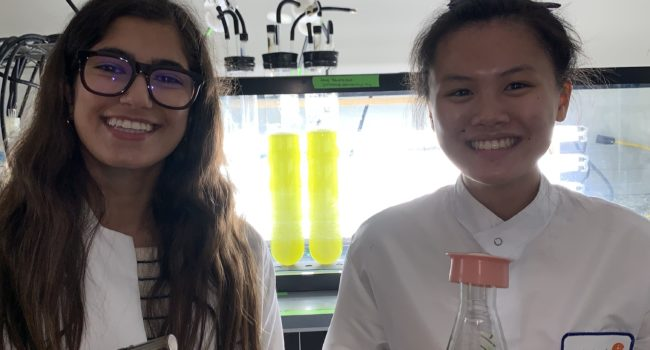SEP8 Science and Engineering Practice 8 – Obtaining, Evaluating and Communicating Information
 see.isbscience.org/ngss/sep8/
see.isbscience.org/ngss/sep8/Any education in science and engineering needs to develop students’ ability to read and produce domain-specific text. As such, every science or engineering lesson is in part a language lesson, particularly reading and producing the genres of texts that are intrinsic to science and engineering. (NRC Framework, 2012, p. 76)
Being able to read, interpret, and produce scientific and technical text are fundamental practices of science and engineering, as is the ability to communicate clearly and persuasively. Being a critical consumer of information about science and engineering requires the ability to read or view reports of scientific or technological advances or applications (whether found in the press, the Internet, or in a town meeting) and to recognize the salient ideas, identify sources of error and methodological flaws, distinguish observations from inferences, arguments from explanations, and claims from evidence. Scientists and engineers employ multiple sources to obtain information used to evaluate the merit and validity of claims, methods, and designs. Communicating information, evidence, and ideas can be done in multiple ways: using tables, diagrams, graphs, models, interactive displays, and equations as well as orally, in writing, and through extended discussions.






